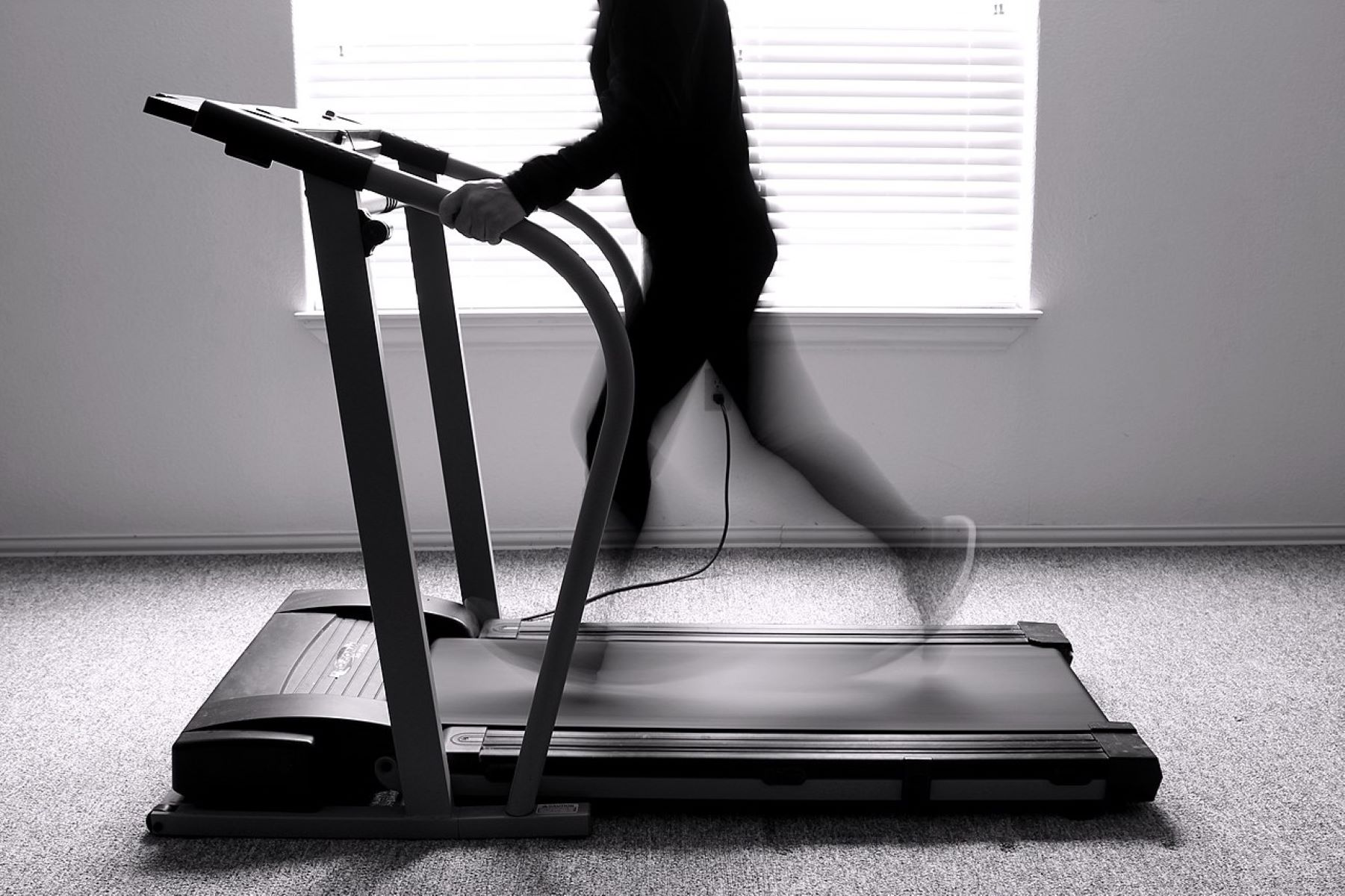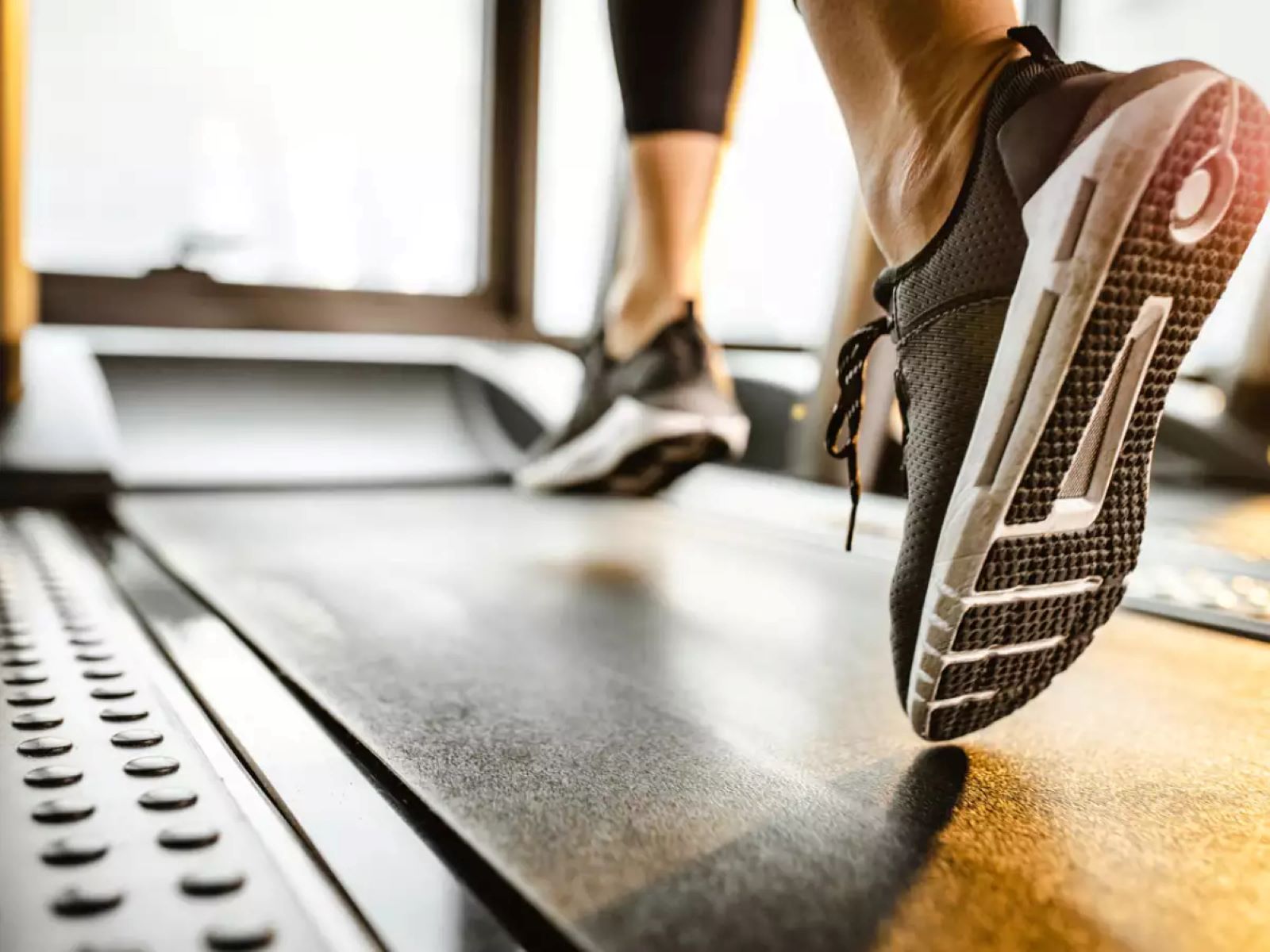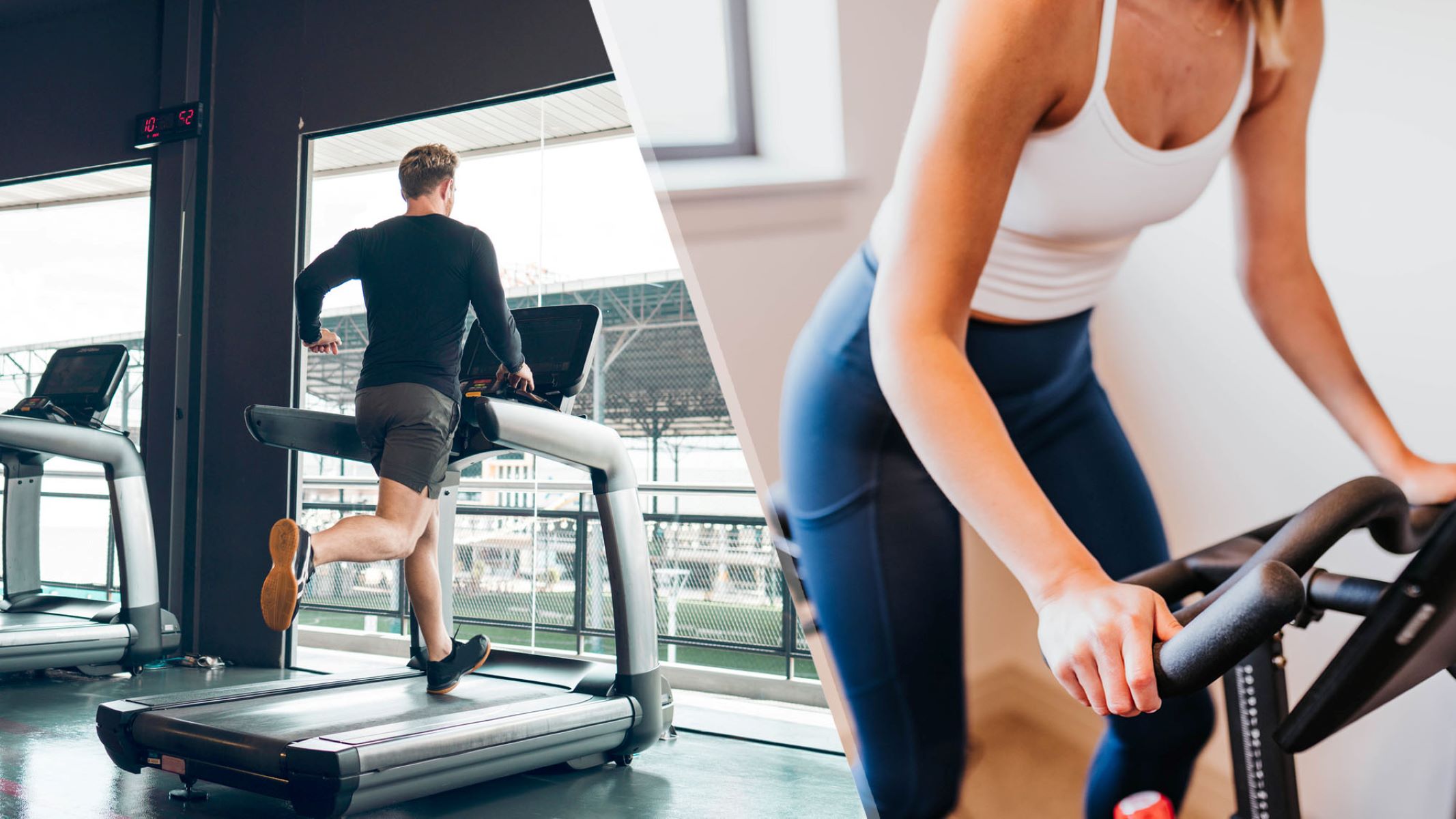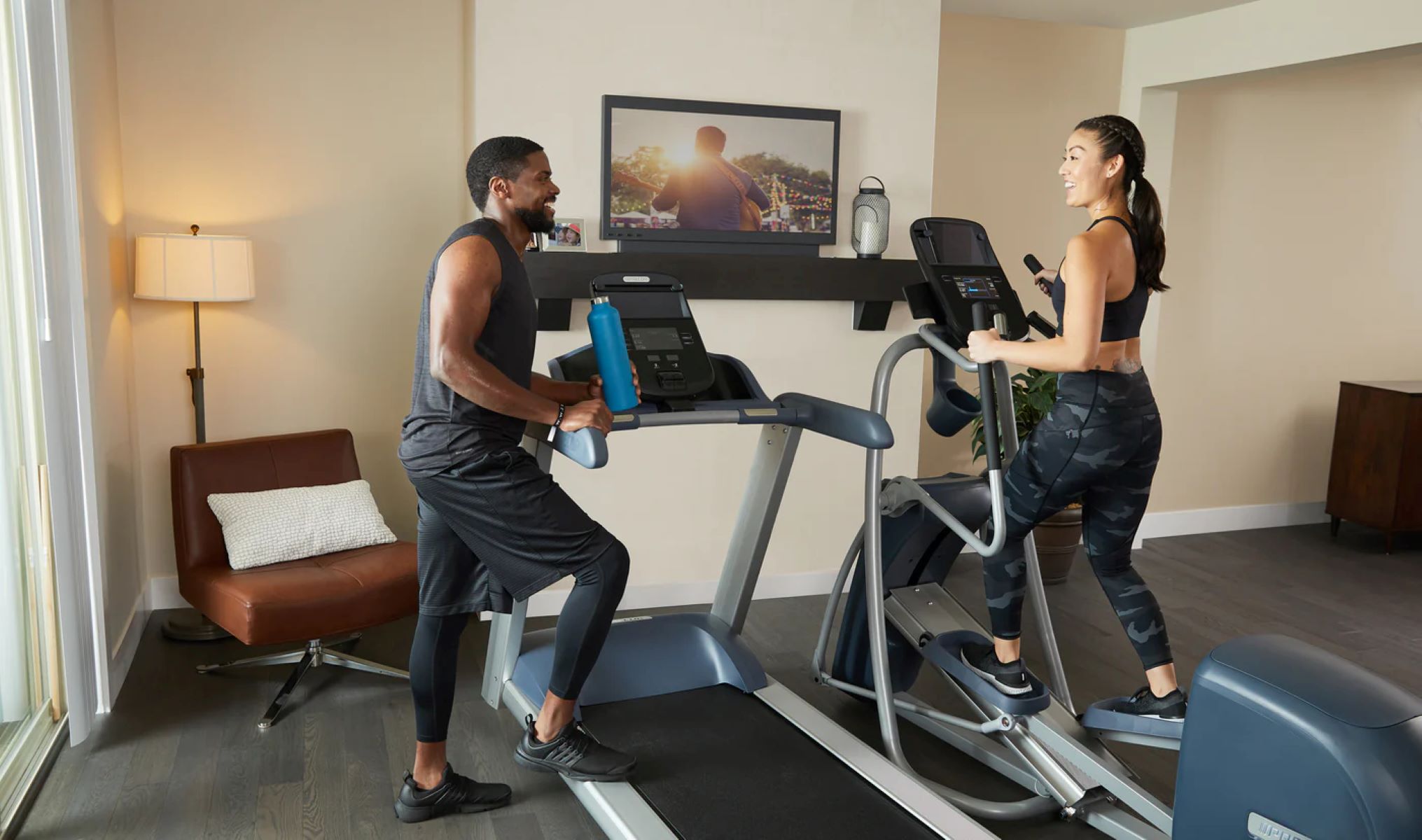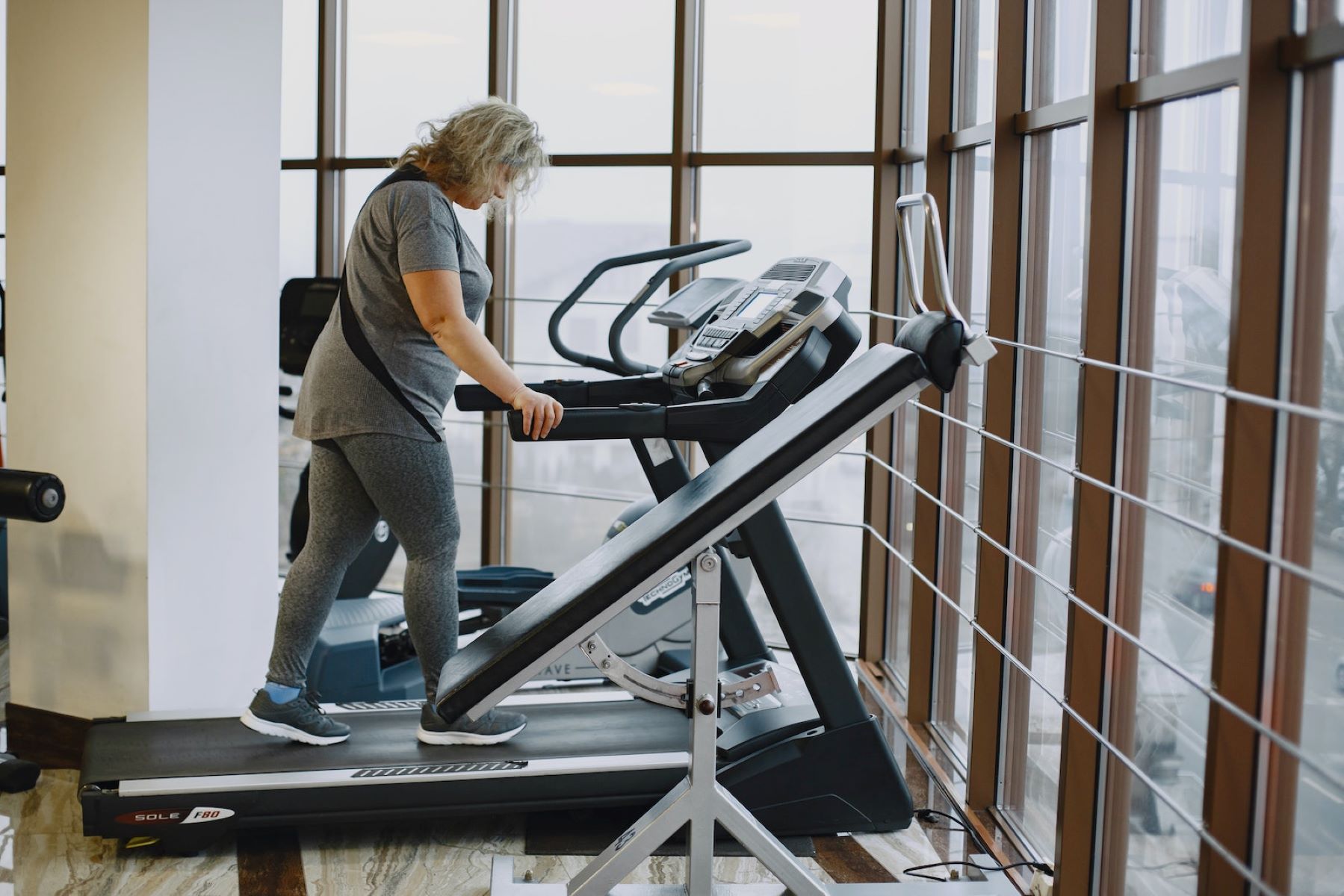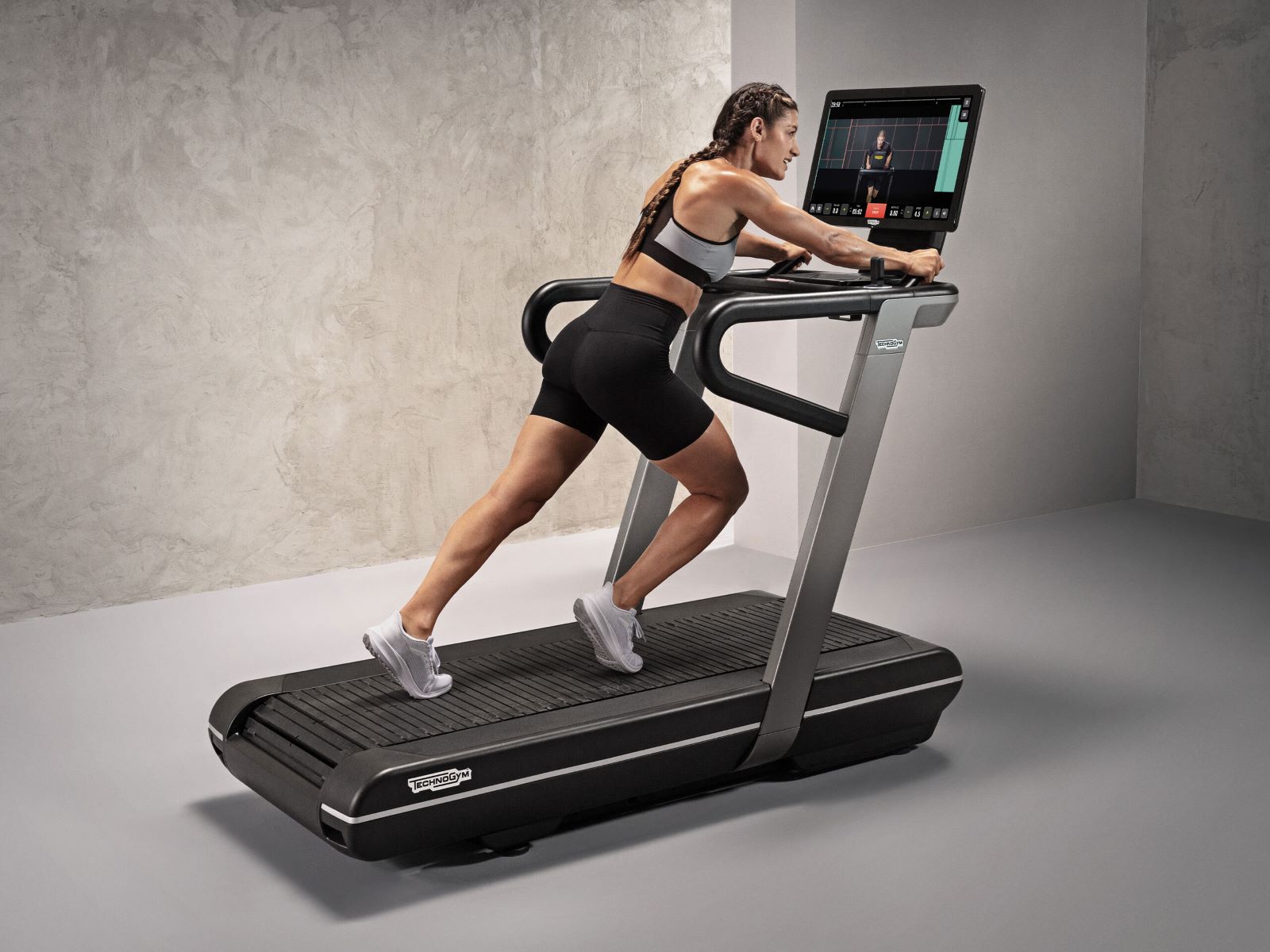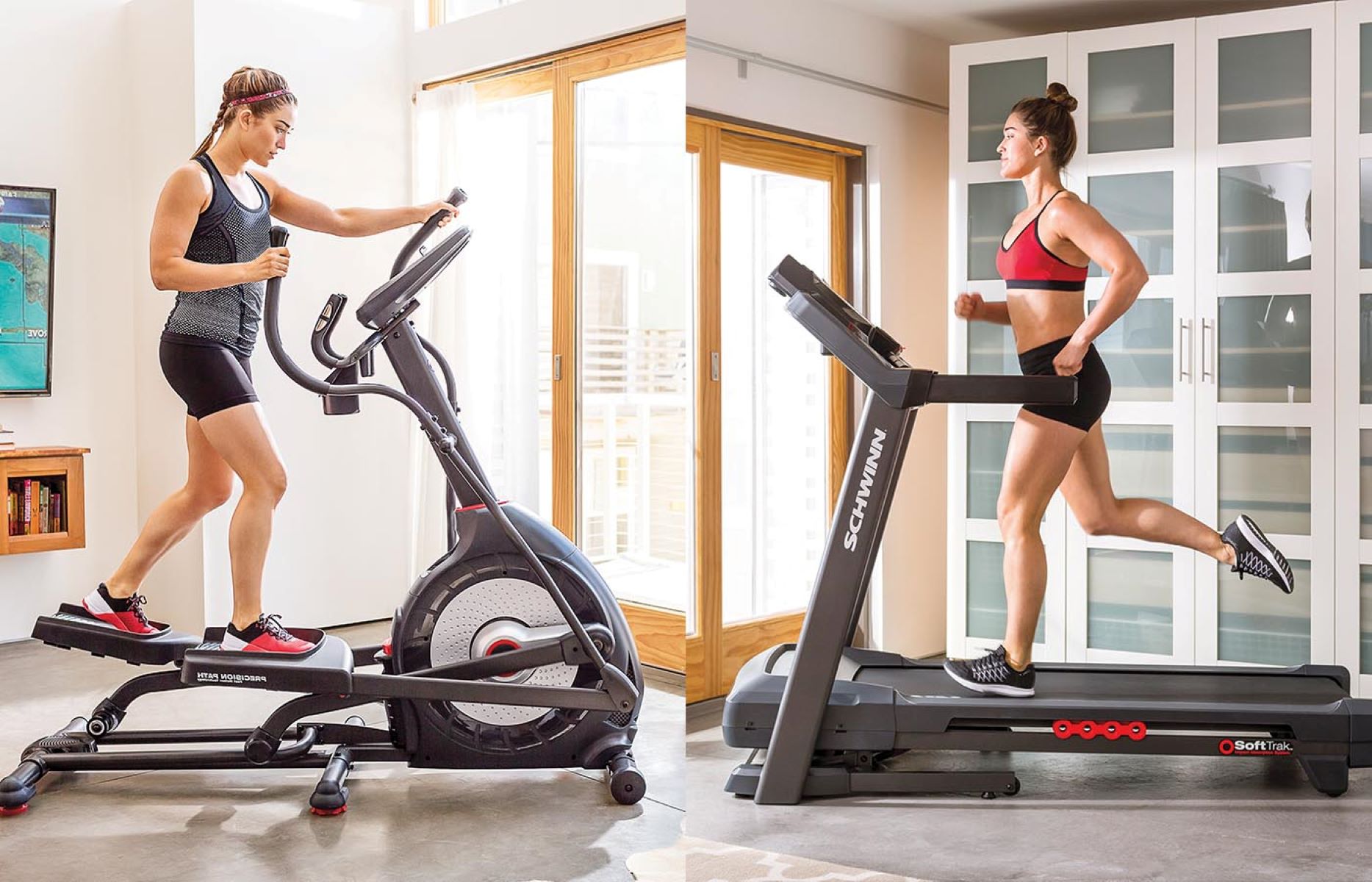Home>Misc>Featured>What Is The Best Speed On Treadmill For Weight Loss


Featured
What Is The Best Speed On Treadmill For Weight Loss
Modified: January 22, 2024
Find out the featured speed on treadmill to lose weight and get in shape with our expert tips and advice. Discover the perfect pace for effective weight loss
Introduction
When it comes to losing weight, there are numerous exercise options available. One popular choice is using a treadmill. The treadmill offers a convenient and effective way to burn calories and shed those extra pounds. However, to maximize your weight loss efforts, it’s important to understand at what speed you should be running on the treadmill.
There is no one-size-fits-all answer to this question, as the speed at which you should run on a treadmill to lose weight depends on various factors. These factors include your current fitness level, your goals, and your overall health. By taking these factors into consideration and customizing your treadmill workout accordingly, you can effectively accelerate your weight loss journey.
In this article, we will explore the important factors involved in determining the speed on a treadmill for weight loss. We will discuss the target heart rate zone, the benefits of high-intensity interval training (HIIT) versus steady-state cardio, and the importance of a customized approach to achieve optimal results. By understanding these factors, you’ll be able to maximize your treadmill workouts and reach your weight loss goals.
Factors to Consider
When determining the appropriate speed on a treadmill for weight loss, there are several factors that you need to take into consideration. These factors will help you customize your workout and ensure that you are working at an intensity level that will maximize your calorie burn and promote weight loss.
First and foremost, it’s important to assess your current fitness level. If you are just starting out or have a lower fitness level, it’s advisable to begin at a lower speed and gradually increase it over time. Pushing yourself too hard too soon can lead to injury or burnout, so it’s essential to listen to your body and progress at a pace that is suitable for you.
Your weight loss goals should also be considered when determining treadmill speed. If your primary goal is weight loss, you will want to focus on running at a speed that elevates your heart rate and keeps it within the target heart rate zone. This zone typically ranges from 60% to 80% of your maximum heart rate. Running at this intensity will allow your body to burn calories efficiently and encourage fat loss.
Additionally, your overall health and any pre-existing conditions should be taken into account. If you have any cardiovascular or orthopedic issues, it’s important to consult with a healthcare professional before starting a treadmill routine. They can provide guidance on the appropriate speed and intensity that will be safe and effective for you.
Lastly, your personal preferences and comfort level should be considered. Running on a treadmill can be monotonous for some individuals, so finding a speed that keeps you engaged and motivated is crucial. Experiment with different speeds and incline levels to find a combination that challenges you while still being enjoyable.
By carefully considering these factors, you can establish a baseline speed on the treadmill that is appropriate for your fitness level, goals, health, and personal preferences. This will set the foundation for an effective and sustainable weight loss routine.
Target Heart Rate Zone
Understanding and working within your target heart rate zone is essential when determining the speed on a treadmill for weight loss. Your target heart rate zone is the range at which your heart is working at an optimal level during exercise, allowing you to burn calories efficiently and promote fat loss.
To calculate your target heart rate zone, you first need to determine your maximum heart rate. A commonly used formula for estimating maximum heart rate is 220 minus your age. For example, if you are 30 years old, your estimated maximum heart rate would be 190 beats per minute (bpm).
Once you have your maximum heart rate, you can calculate your target heart rate zone. The lower end of the target zone is typically 60% of your maximum heart rate, and the upper end is 80% of your maximum heart rate. Continuing with the previous example, the target heart rate zone for a 30-year-old would be between 114 bpm (60% of 190) and 152 bpm (80% of 190).
During your treadmill workout, it’s important to monitor your heart rate to ensure you are within your target heart rate zone. You can use a heart rate monitor, a smartwatch, or the built-in heart rate sensors on the treadmill if available. Adjust the speed of the treadmill accordingly to keep your heart rate within the desired range.
Working within your target heart rate zone provides several benefits for weight loss. When your heart rate is elevated within this zone, your body is burning a higher percentage of calories from fat. Additionally, exercising at this intensity increases your overall calorie expenditure, helping you to create a calorie deficit necessary for weight loss.
It’s important to note that your target heart rate zone is a general guideline and may vary depending on factors such as fitness level and individual differences. Consulting with a fitness professional can provide further insight and help you determine a more accurate target heart rate zone based on your specific circumstances.
By incorporating your target heart rate zone into your treadmill workouts, you can ensure that you are exercising at an intensity that optimizes weight loss and improves cardiovascular fitness.
High-Intensity Interval Training (HIIT)
High-Intensity Interval Training (HIIT) is a popular and effective workout method that can be incorporated into treadmill workouts to maximize weight loss. HIIT involves alternating between periods of high-intensity exercise and short recovery periods.
When it comes to HIIT on a treadmill, the intensity is typically achieved by increasing the speed or incline during the high-intensity intervals. This can be done by sprinting or running at a challenging pace for a short duration, usually around 20-30 seconds. The recovery periods are then used to lower the intensity and catch your breath.
One of the major benefits of HIIT is its ability to increase the post-exercise calorie burn, known as the afterburn effect or excess post-exercise oxygen consumption (EPOC). HIIT workouts have been shown to elevate the metabolism for hours after the workout, resulting in continued calorie burn even during rest.
In addition to its calorie-burning benefits, HIIT can also help build lean muscle. The intense bursts of effort during high-intensity intervals stimulate muscle growth and improve overall muscle tone. As muscle mass increases, your body’s metabolism is boosted, allowing for greater calorie burn throughout the day, even when you are at rest.
HIIT workouts on a treadmill can be customized to suit your fitness level and goals. Beginners may start with shorter intervals and lower speeds, gradually increasing both as their fitness improves. Advanced individuals may incorporate longer and more intense intervals to further challenge themselves.
It’s important to note that HIIT workouts are intense, and it’s recommended to have a solid cardiovascular base before incorporating them into your routine. If you are new to exercise or have any underlying health conditions, it’s advisable to consult with a healthcare professional before attempting HIIT.
By including HIIT in your treadmill workouts, you can promote weight loss, increase cardiovascular fitness, and enhance muscle tone. Its efficiency and time-saving nature make it an ideal option for those looking to maximize the benefits of their treadmill sessions.
Steady-State Cardio
In contrast to high-intensity interval training (HIIT), steady-state cardio involves maintaining a consistent and steady pace on the treadmill for an extended period. This type of cardio workout is popular among individuals aiming for weight loss as it helps increase endurance, burn calories, and improve overall cardiovascular health.
Steady-state cardio on the treadmill typically involves maintaining a moderate intensity, such as jogging or brisk walking, for a continuous duration of 20 minutes or more. To determine the appropriate speed for steady-state cardio, it’s important to consider your fitness level and current abilities.
Unlike HIIT, which focuses on brief bursts of intense activity followed by rest, steady-state cardio allows you to sustain a consistent effort over a longer period. This type of exercise primarily relies on your body’s aerobic energy system, making it efficient for burning calories and fat.
Steady-state cardio can be particularly beneficial for individuals who may be new to exercise or have limitations that prevent them from performing high-intensity workouts. It offers a lower impact option while still providing cardiovascular benefits and aiding in weight loss.
One advantage of steady-state cardio is that it can be done for longer durations, allowing you to burn a significant number of calories during your treadmill workout. However, keep in mind that the number of calories burned will depend on factors such as your weight, intensity, and overall effort.
To keep your steady-state cardio workouts engaging, consider varying your treadmill workout. You can change the speed, incline, or incorporate intervals of higher intensity for short durations. This can help prevent monotony and challenge your body in different ways.
It’s important to note that while steady-state cardio can be effective for weight loss, it is just one component of a comprehensive fitness plan. Incorporating strength training, flexibility exercises, and proper nutrition is crucial for achieving overall health and sustainable weight loss.
By including steady-state cardio in your treadmill routine, you can improve cardiovascular fitness, burn calories, and contribute to your weight loss goals. Its lower impact nature makes it accessible to individuals of various fitness levels, allowing them to engage in regular physical activity and reap the benefits of consistent cardio exercise.
Customized Approach
When it comes to determining the speed on a treadmill for weight loss, it’s essential to take a customized approach that factors in your individual needs, preferences, and goals. What works for one person may not necessarily work for another. By personalizing your treadmill workouts, you can optimize your weight loss efforts and make exercise a more enjoyable and sustainable part of your lifestyle.
One key aspect of customization is considering your current fitness level. If you are new to exercise or have been inactive for a while, it’s important to start at a comfortable pace and gradually increase the speed and intensity as your fitness improves. This gradual progression allows your body to adapt and minimizes the risk of injury.
Your specific weight loss goals should also be considered when customizing your treadmill workouts. If your primary objective is to burn calories and lose weight, you may need to increase both the speed and duration of your treadmill sessions. It’s important to strike a balance between pushing yourself enough to challenge your body and avoiding overexertion.
In addition to speed, you can also vary the incline on the treadmill to add intensity to your workout. Walking or running on an incline engages different muscle groups and increases the calorie burn. Incorporating intervals of higher incline or alternating between flat and inclined surfaces can provide a more diverse and effective workout.
Another aspect of customization is finding ways to make your treadmill workouts enjoyable and engaging. Experiment with different types of music, podcasts, or audiobooks to keep yourself motivated. You can also try visual distractions such as watching TV shows or movies while on the treadmill.
It’s important to listen to your body during your treadmill workouts. If you feel fatigued or experience any pain or discomfort, it’s crucial to slow down or take a break. Pushing through excessive fatigue or pain can lead to injury and hinder your progress.
Remember, consistency is key when it comes to weight loss. Aim to incorporate treadmill workouts into your routine on a regular basis to achieve long-term results. Consistency, along with a balanced diet, will help you create a calorie deficit necessary for weight loss.
Lastly, consulting with a fitness professional can provide valuable guidance and help you tailor your treadmill workouts to your specific needs and goals. They can assess your fitness level, provide expert advice, and monitor your progress to ensure you’re on the right track.
By taking a customized approach to your treadmill workouts, you can optimize weight loss, improve overall fitness, and make exercise a sustainable and enjoyable part of your life.
Conclusion
When it comes to determining the speed on a treadmill for weight loss, there is no one-size-fits-all answer. It’s important to consider factors such as your fitness level, weight loss goals, overall health, and personal preferences. By customizing your approach and taking these factors into account, you can maximize your treadmill workouts and achieve optimal weight loss results.
Understanding your target heart rate zone is crucial in determining the intensity of your treadmill workouts. By working within this zone, you can efficiently burn calories and promote fat loss. Monitoring your heart rate during your workouts can help ensure that you’re staying within the appropriate range.
Both high-intensity interval training (HIIT) and steady-state cardio have their benefits when it comes to weight loss. HIIT workouts offer a time-efficient way to burn calories and boost metabolism, while steady-state cardio provides a lower impact option that can be sustained for longer durations. Incorporating a combination of both can help keep your workouts varied and challenging.
Taking a customized approach to your treadmill workouts is essential. It allows you to tailor your speed, incline, and duration to your individual fitness level, preferences, and goals. Gradually increasing the intensity and incorporating interval training can help you progress over time and prevent plateauing.
Remember to listen to your body, and if needed, consult with a fitness professional or healthcare provider. They can provide expert guidance and ensure that you’re working within safe and effective parameters, especially if you have any pre-existing health conditions.
In conclusion, finding the right speed on a treadmill for weight loss involves considering various factors and personalizing your approach. By combining consistency, proper nutrition, and a customized treadmill routine, you can achieve your weight loss goals while enjoying the benefits of improved fitness and overall well-being.
